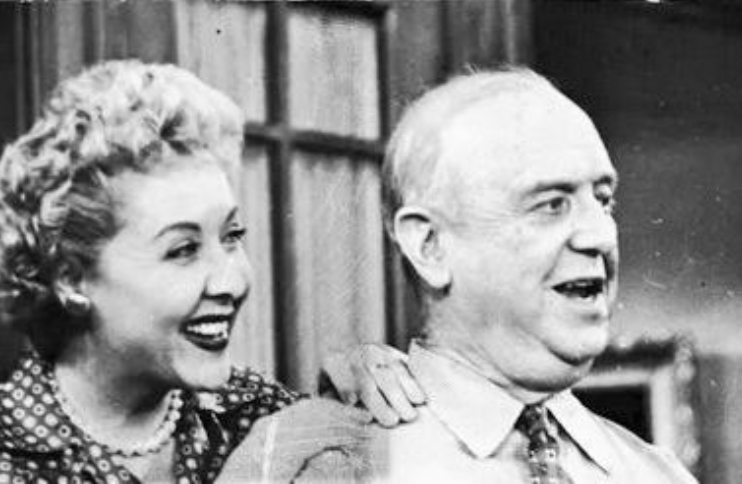

“Lucy, You Got Some ’Splainin’ to Do”: 70 Years of I Love Lucy
By Merritt, Arts and Culture Editor for the Liberty Champion
“Lucy, you got some ’splainin’ to do.”
That iconic line from Ricky Ricardo captures the mischievous charm of his unforgettable on-screen wife. For 70 years, the classic sitcom I Love Lucy has remained a staple of television history, entertaining generations with its slapstick humor, endearing characters, and groundbreaking moments.
Premiering in 1951, the show starred real-life married couple Lucille Ball and Desi Arnaz as Lucy and Ricky Ricardo. Alongside best friends Ethel and Fred Mertz, the Ricardos navigated a whirlwind of comedic mishaps, from chocolate factory meltdowns to Vitameatavegamin commercials. With six seasons of black-and-white absurdity, I Love Lucy quickly established itself as one of the most influential and enduring series of all time.
“I Love Lucy” wasn’t just a ratings juggernaut — it was a trailblazer. The show introduced the revolutionary concept of off-network syndication, recognizing the long-term value of reruns. “It introduced the off-network syndication formula, recognizing the value of episode repeats,” Marc Berman, a senior coordinator with Forbes, noted.
And in a television landscape lacking diversity, I Love Lucy made history as the first primetime show to feature an interracial couple — a bold move for 1950s America. The show also pushed boundaries by portraying real-life events on screen, including Lucy’s pregnancy, which was written into the series — a rarity at the time. “Though ‘I Love Lucy’ was not the very first TV show to feature a pregnancy, it was an early one, and broke barriers with the huge success of the storyline,” wrote Lily Karlin for the Huffington Post. The birth of Little Ricky aired the day before President Eisenhower’s inauguration — and drew a larger audience than his swearing-in.
Growing up, I watched I Love Lucy with fresh eyes, laughing at Lucy and Ethel’s antics — from grape stomping to candy-wrapping chaos. Even now, rewatching the show brings a warm sense of nostalgia and admiration. Despite its traditional portrayal of family life — with Lucy as the stay-at-home wife and Ricky as the working husband — the show’s innovative production choices made it anything but ordinary.
Filmed on 35mm film with a three-camera setup and a live studio audience, I Love Lucy revolutionized how sitcoms were made. The chemistry between Ball and Arnaz was undeniable, and the occasional glimpses of real-life intimacy — including the rare appearance of a shared bed on set — added a layer of authenticity rarely seen in early television.
Following the show’s end in 1957, Lucille Ball continued her success with follow-up series like The Lucy Show (1962–1968) and Here’s Lucy (1968–1974), though none quite captured the magic of the original.
“Despite its dated references and old-fashioned family dynamics, this show remains hilariously entertaining,” Sierra Filucci of Common Sense Media wrote. “Lucille Ball was one of the greatest comic actors of all time and so her physical comedy is timeless.”
With its clean humor, wholesome values, and timeless performances, I Love Lucy remains a treasure for all ages. Today, it’s still available to stream on platforms like Amazon Prime and Paramount+, inviting new generations to fall in love with Lucy’s hijinks all over again. For families, especially those seeking content aligned with Christian values, the show stands as a rare gem — classic, comedic, and refreshingly pure.
Seventy years later, Lucy’s legacy lives on — and she’s still got us laughing.
